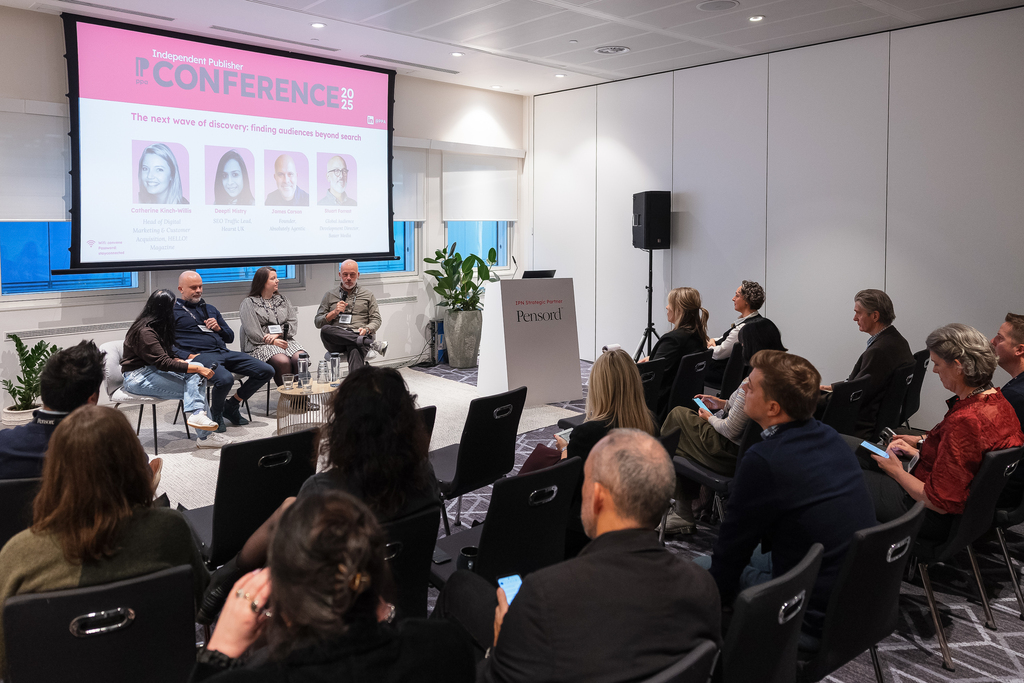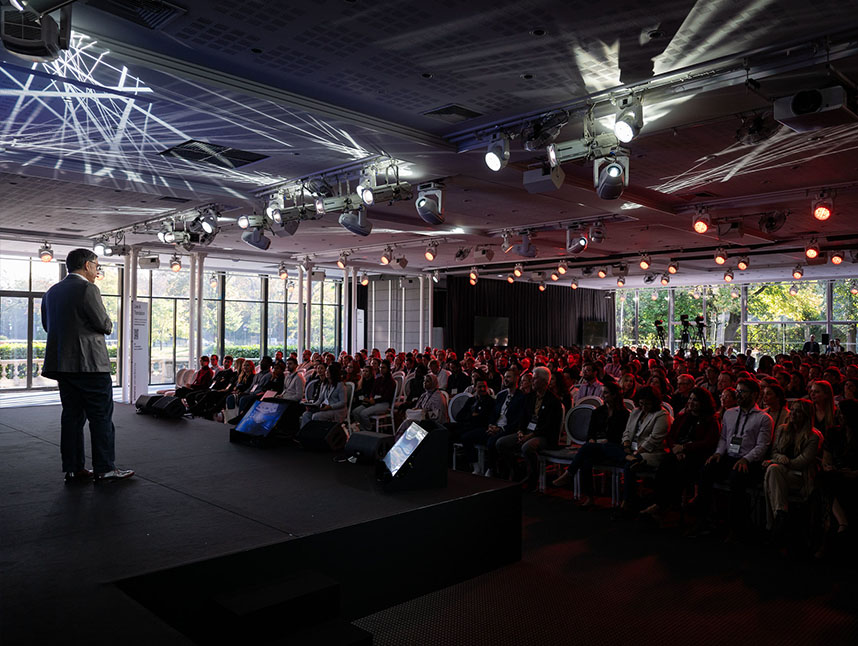How digital storytelling is shaping the automotive industry
7 examples of outstanding digital storytelling campaigns by major automotive manufacturers
7 examples of outstanding digital storytelling campaigns by major automotive manufacturers
Today, a 140-character story posted on Twitter can have a greater impact than 1000 pages of paper or an extravagant TV ad. Storytelling is a technique and tool for brands to build strong customer loyalty, position the brand and bring it to the buyer.
The enormous boom in digital media, especially social media and content marketing, enables marketers to tell their brand story for these media and connect directly with customers. Basically, in the digital age, everyone who communicates in the new media is a digital storyteller.
The automotive industry is increasingly using digital storytelling
Digital storytelling has opened the doors for many content creators - whether journalist, copywriter, speaker or CEO - they all use storytelling for their goals. The automotive industry is no exception, quite the contrary. Manufacturers use storytelling to shape brand image and build a relationship with customers. Over the years, well-known automakers have characterized their brands with unique stories: Volkswagen is the trustworthy family companion, for exciting outings; BMW is the sporty yet sophisticated business colleague that easily outshines other road users; and Ferrari, the agile and luxurious best friend that always provides the adrenaline kick you want.
Recently, well-known car manufacturers have started to focus more on storytelling around the individual driving experience again, trying new ways to reach their target groups in other ways. Nowadays, digital storytelling is the preferred tool in marketing. What's interesting here is the wide range of possibilities, from the inclusion of famous testimonials to impressive visual effects and the use of technical features - digital storytelling is taking the automotive industry's brand campaigns to a new level.
7 examples of outstanding digital stories from the most important carmakers
We took a closer look at 7 striking, impressive and innovative examples of digital storytelling from the biggest carmakers on the market.
1. Land rover - the vanishing game
The interactive online novella "The Vanishing Game" portrays the brand essence "adventure" of the Land Rover brand in a gripping way.

Car manufacturer Land Rover is taking digital storytelling to a whole new level by mixing fiction with real-life adventures of drivers. The Vanishing Game was released as an interactive version of author William Boyd's novella about thrilling and mysterious driving experiences in the United Kingdom. The protagonist drives his Land Rover Defender across the country, taking the reader on an almost true-to-life journey through the multimedia story, which features interactive text, videos, sounds and touch points.
The story is divided into different chapters, which contain embedded links and clickable "action words" that either tell more details about the story or lead to videos that fit the plot. For example, clicking on the word "River - Fluss" presents a Land Rover struggling through scenic waterscapes. Just when you think the interactive content couldn't get any more surprising, you come across the experiences of Land Rover owners who contributed their part to the story. For this, Land Rover had launched a hashtag campaign a few months before the story was published. Thus, when you click on "forest - forest" a collection of submitted photos appears that show Land Rover in forests.
The project was implemented by Y&R, New York in collaboration with Tool North America and represents the expansion of publishing offerings. Even if it is unusual to mix sophisticated literature and crowdsourcing social media content, the media world can take this project as a model. The 17,000-word book is also available as an eBook for Kindle, iBooks, and Fire tablets.
2. Honda "The Other Side"
Honda, together with Wieden + Kennedy London and director Daniel Wolfe, has created an interactive two-page video story called “The Other Side”, in which the most successful model, the Honda Civic and the sporty counterpart, the Civic Type R play the leading role.

When you play the video, you first see a usual protagonist, but by pressing the “R” key, you can reveal the secret double life.
The Other Side is divided into two parallel stories, one taking place during the day, while the other takes place at night, packed with adrenaline and adventure. When jumping between scenes, the protagonist adapts the look of the corresponding car. During the day, we see a loving family man picking up his children from school in a white Civic while in the night scene he races through town with a red Civic Type R and meets a group of dealers.
The exciting effect that the scenes are set together and the very well-executed story solidifies Honda's position as one of the pioneers in automotive technology.
The story in the video is entertaining and perfectly shows the advantages of each model. Despite being only 2:55 minutes long, the video creates a high level of engagement with the content. The concept of parallel story is simple yet incredibly effective. You won't be able to stop jumping between stories.
3. Lexus "L Studio"
Together with the Team One and It Gets Better projects, Lexus has created a storytelling hub called “It Got Better,” which runs on the L/Studio Broadband channel and compiles stories from stars.

The six-episode documentary series focuses on very intimate stories about the personal problems, experiences and achievements of stars in connection with their sexual orientation. The well-known actors, musicians and athletes are all part of the LGBT community, which further publicly reinforces Lexus's support for community rights. The brand is trying to appeal to a young generation who value creative campaigns rather than traditional marketing. The stars were also selected with a young target group in mind.
What distinguishes the Lexus “It Got Better” campaign from other automakers is the inconspicuous branding. Although the Lexus logo appears at the beginning of every video, the brand or the topic of cars in general play no role in the stories. The videos also do not need any special digital storytelling technology, because they win viewers over through authentic, touching experiences and honest stories. And this is how you get into the heart of the viewer and emotionally anchor yourself there with the brand.
4. Lincoln's "Love is the Answer" and "Hello Again"
The Lincoln Motor Company, which positions itself among the more luxurious car manufacturers, is presenting two storytelling campaigns that draw inspiration from music, art and film.

Early last year, Lincoln teamed up with musician Aloe Blacc to produce the interactive music video titled “Love is the Answer.” The video allows viewers to choose between 5 different storylines. 4 of the videos include different characters and the fifth video features the directors cut. Although all characters start at a different location, they end in the same place. The video ends in all 5 plots with the protagonist Aloe stepping into his luxurious Lincoln MKZ. The unique experience created by the video allows customers to embark on their own musical journey and watch the video from the perspective of the most likeable character.
The “Hello Again” campaign was created by Lincoln to reposition away from “town cars and old people.” The company chose award-winning singer and songwriter Beck and music video director Chris Milk for an online concert that was accessible to anyone with an Internet connection. For the project, new technologies were created and new combinations were tried out. It included a 360 degree platform equipped with GoPro cameras. In this way, images could be taken from all perspectives. A facial tracking system was used for the virtual reality aspect, which allowed viewers to scroll the screen with their head movement in order to create the feeling of being live on site. What's more, for the first time, a series of 360 degree binaural audio microphones was developed in the form of heads that could measure how a real person would perceive the sound. This technology allows users to hear the sound lifelike when their heads are moved.
The technology makes for a much more human experience. With great success! A few days after the project was published, the Lincoln website was able to generate over 300% more traffic and reposition itself as a modern popular car brand. Equipped with excellently created sound and visuals and impressive virtual reality, “Hello Again” is an innovative and entertaining user experience.
5. BMW Individual App
With the “BMW Individual” app, BMW has created a personal, interactive connection with customers.

The app has an innovative user interface that makes it possible for users to navigate through the app in an entertaining way. The app highlights the wide range of customizable models and presents the wide range of interiors and exteriors. The BMW Individual program is presented interactively, meaning that users must actively click, swipe or scratch so that new and partly animated images and texts appear. The realistic display of the colors and materials with which the vehicles can be individualized is particularly interesting for the user. In summary, the app is an interactive storybook that inspires and motivates users to create their own dream car.
6. Mercedes-Benz C-Class Augmented Reality
The car manufacturer Mercedes-Benz doesn't have to hide behind the other storytelling campaigns. The augmented reality app for the C-Class brings a 3D model of the car to life.

To do this, the user must first print out an image. The app recognizes markers on the image and then displays the model. The user can literally touch the car, adjust the size and color and take a look at the equipment. Until now, interested parties have only been able to experience this experience in retail branches. All in all, the app provides an innovative way to view and interact with products.
7. ŠKODA Interactive Catalogue
Škoda's interactive catalog app shows 3D models of various Škoda cars, combined with the ability to personalize these models and adapt them to customer requirements.

The Czech automaker is breaking out of the mold of boring glossy catalogs by taking full advantage of mobile apps. Both interiors and exteriors are displayed in 360-degree views, providing a detailed look at the cars presented. Users can share paint schemes, tires and interior details. Other great features include a technology assistant and test drive reservations. Users can also share their self-created dream cars with friends and family, driving user-generated content and social network sharing.
To learn more about the tremendous potential of digital storytelling, schedule a conversation with one of our experts today.






%201.svg)











